Hi there, pet lovers! 🐞
For those who love unique, low-maintenance pets but want something truly out of the ordinary, the Blue Death-Feigning Beetle (Asbolus verrucosus) is a fascinating choice. These hardy, charismatic beetles are native to the deserts of the southwestern United States and have earned their name from their clever survival tactic—playing dead when threatened.
Unlike many exotic pets, these beetles require minimal care, thrive in simple setups, and can live for several years, making them ideal for beginners and seasoned insect enthusiasts alike. In this in-depth review, we’ll explore their behavior, care needs, and why they might just be the perfect pet for you.
Overview
Blue Death-Feigning Beetles are small, desert-dwelling insects known for their striking blue-gray color and incredible durability. Here’s a quick summary of what makes them special:
- Handling and Temperament: Docile, easy to handle, and non-aggressive.
- Care and Maintenance: Extremely low-maintenance—just a simple setup with sand and food.
- Health and Durability: Exceptionally hardy and long-lived for an insect.
- Availability: Mostly wild-caught but increasingly bred in captivity.
- Cost: Very affordable to purchase and maintain.
- Overall: One of the best pet insects for beginners and experts alike.

Why Choose a Blue Death-Feigning Beetle?
These beetles are perfect for those who want an interactive, low-effort pet that doesn’t require complex care. They don’t bite, fly, or make noise, and their play-dead antics add a fun behavioral quirk. Plus, their long lifespan (up to 8 years in captivity) makes them a lasting companion compared to many other insects.
Whether you’re a busy pet owner, a teacher looking for a classroom pet, or just someone who loves unusual creatures, these beetles are a fantastic option.
Handling and Temperament
Blue Death-Feigning Beetles are some of the easiest insects to handle. Unlike many arthropods, they don’t bite, sting, or panic when picked up.
Personality and Behavior
- Docile Nature: They rarely show aggression and tolerate gentle handling well.
- “Playing Dead” Defense: When startled, they freeze and flip onto their backs, remaining motionless for minutes—sometimes even hours.
- Social Dynamics: They can be kept in groups, and observing their interactions is surprisingly entertaining.
Handling Tips
- Gentle Touch: While they’re sturdy, excessive handling can wear off their protective wax coating.
- Avoid Dropping: Their hard exoskeleton protects them, but falls from heights can still be dangerous.
- Supervised Interaction: Great for kids, but young children should be taught to handle them carefully.
Care and Maintenance
One of the biggest selling points of these beetles is their minimal care requirements. They thrive in a simple, desert-like setup.
Enclosure Setup
- Tank Size: A 5-10 gallon enclosure is sufficient for a small group.
- Substrate: Fine sand or a sand-soil mix works best—avoid damp or loose substrates.
- Decor: Add rocks, driftwood, or cork bark for climbing and hiding spots.
- Ventilation: Essential to prevent mold—mesh lids or side vents are ideal.
Humidity and Temperature
- Dry Environment: They come from arid regions, so avoid high humidity.
- Room Temperature is Fine: 70-80°F (21-27°C) is perfect—no heating pads needed.
- No Water Dish: They get moisture from food; misting is unnecessary.
Feeding
- Diet: Omnivorous scavengers—they eat dried insects, vegetables, fruits, and even fish flakes.
- Feeding Schedule: Small amounts every 2-3 days; remove uneaten food to prevent mold.
- Protein Source: Offer dried mealworms or crickets occasionally for variety.
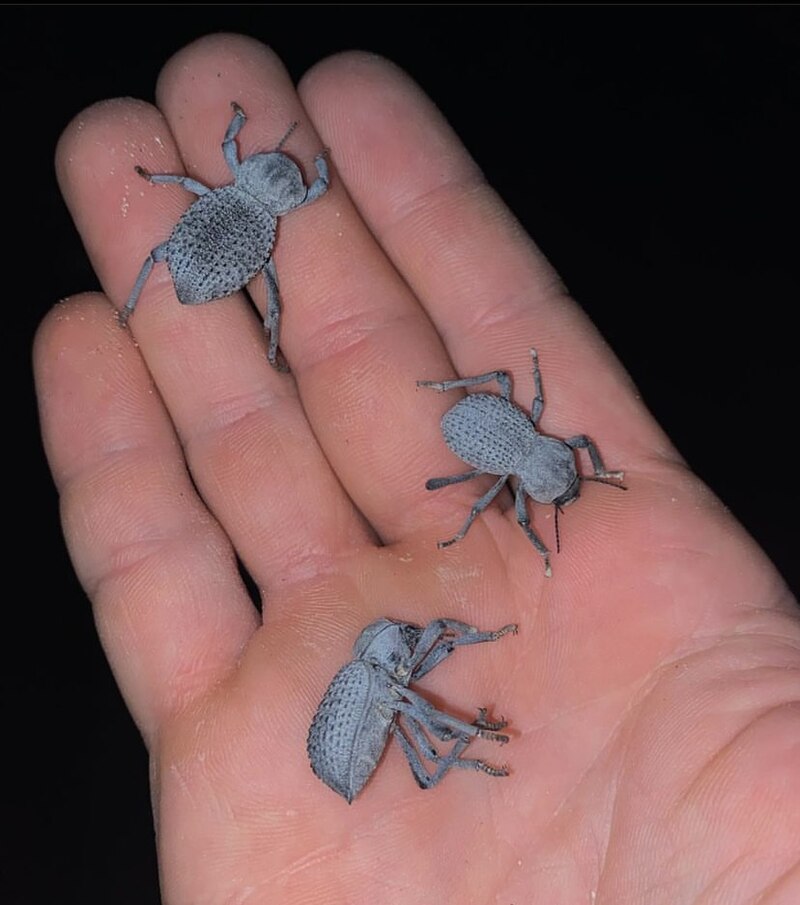
Health and Durability
These beetles are incredibly resilient, but a few key factors ensure they stay healthy.
Common Health Considerations
- Dehydration: Rare, but if their wax coating wears off, they may dry out.
- Mold Issues: Overly damp conditions can lead to fungal growth—keep their enclosure dry.
- Injury from Falls: While hardy, drops from high surfaces can harm them.
Lifespan
- Wild-Caught vs. Captive-Bred: Wild-caught adults may have unknown ages, but captive-bred beetles can live 5-8 years.
- Slow Growth: Larvae take months to mature, but adult beetles are long-lived.
Availability and Cost
Where to Buy
- Online Breeders: The best source for healthy, captive-bred beetles.
- Reptile Expos: Occasionally sold by specialty vendors.
- Wild Collection: Legal in some areas, but captive-bred is more sustainable.
Cost Breakdown
- Beetles: Typically $5 to $15 each, depending on availability.
- Enclosure Setup: A basic desert habitat can be assembled for under $50.
Pros and Cons
Pros
✔ Extremely low-maintenance—perfect for beginners.
✔ Long lifespan for an insect (5+ years).
✔ Safe to handle—no biting or stinging.
✔ Fascinating behavior (playing dead, social interactions).
✔ Affordable to buy and care for.
Cons
✖ Mostly wild-caught (though captive breeding is increasing).
✖ Need a dry environment—humidity can be harmful.
✖ Not as visually active as some pets (but still fun to observe).
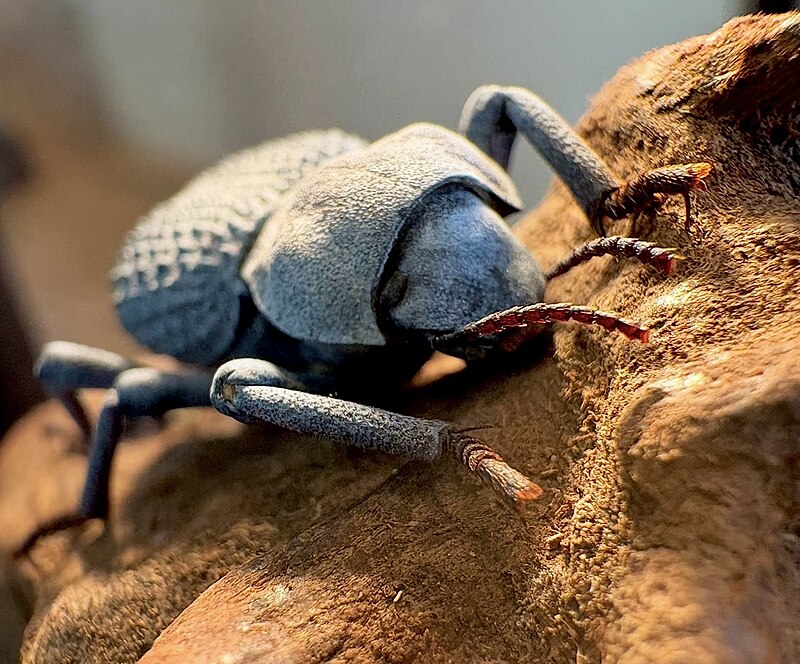
Final Thoughts
The Blue Death-Feigning Beetle is one of the most user-friendly exotic pets available. Their hardy nature, simple care, and quirky personalities make them a joy to keep. Whether you’re new to insect-keeping or a seasoned enthusiast, these beetles are a fantastic choice.
For those interested in captive breeding, efforts are growing, and with proper incubation, it’s possible to raise them sustainably. If you’re looking for a unique, hassle-free pet, these little blue beetles might be the perfect fit.
Have you kept Blue Death-Feigning Beetles? Share your experiences in the comments!
For more exotic pet guides, stay tuned to our blog. 🐞



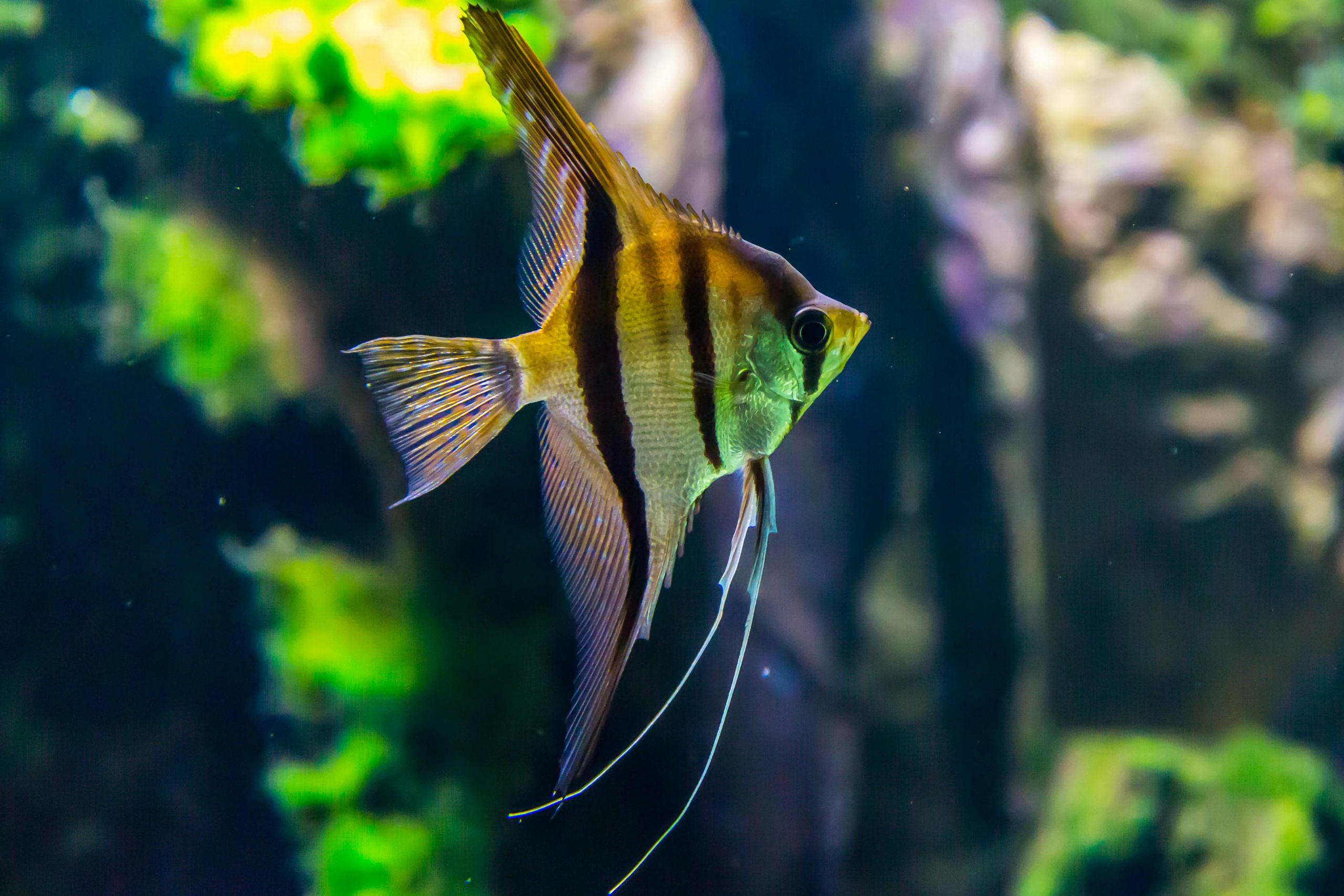
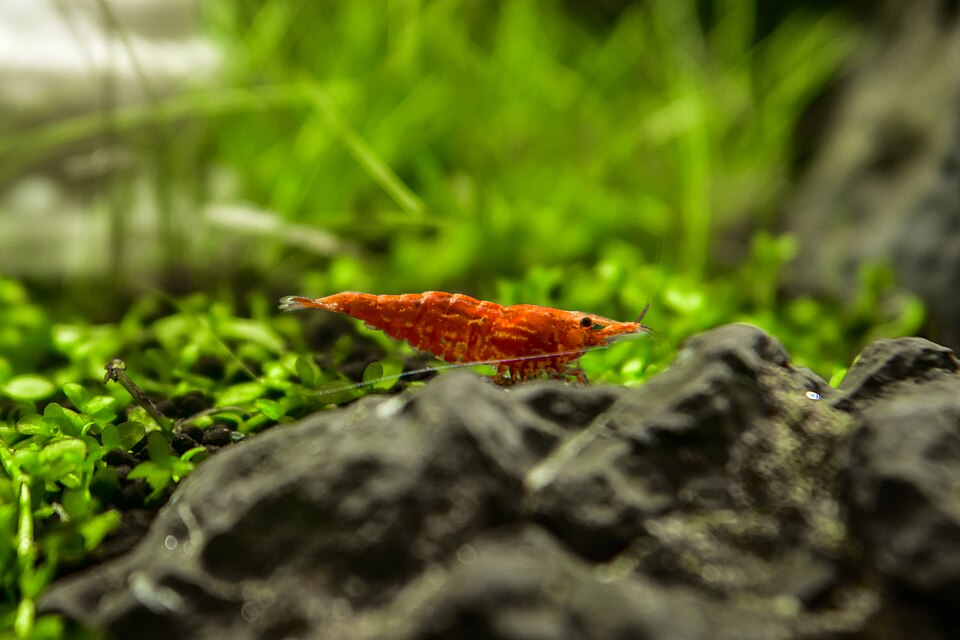

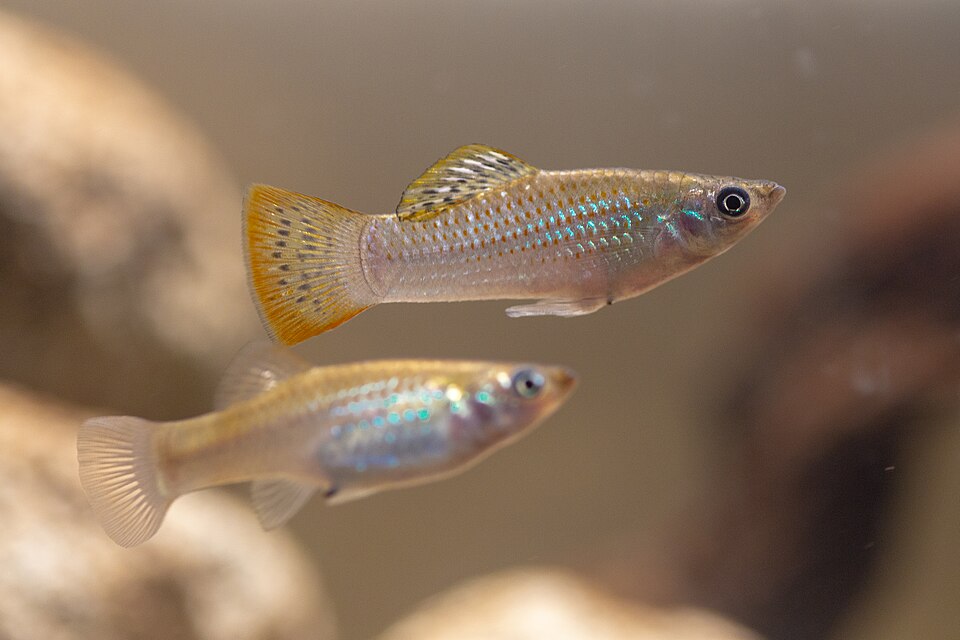
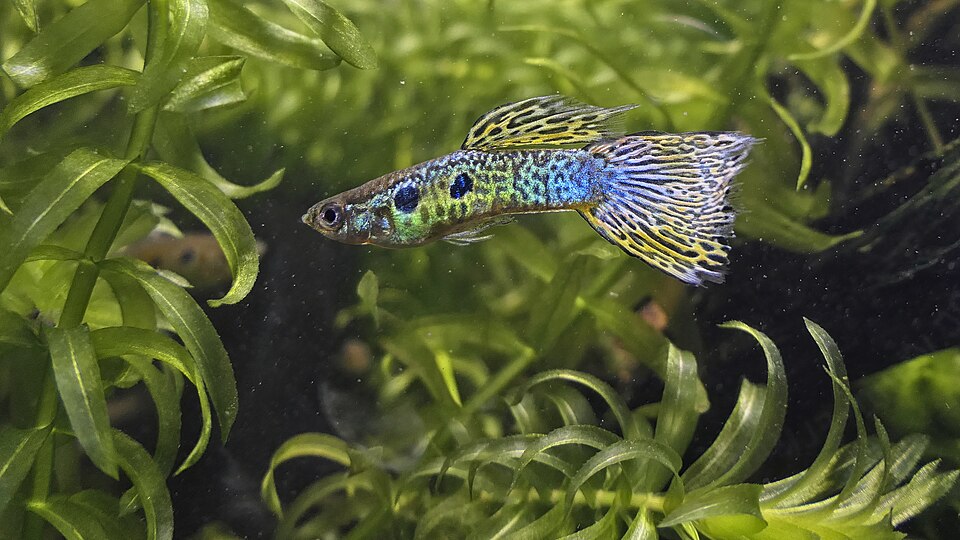
Leave a Reply